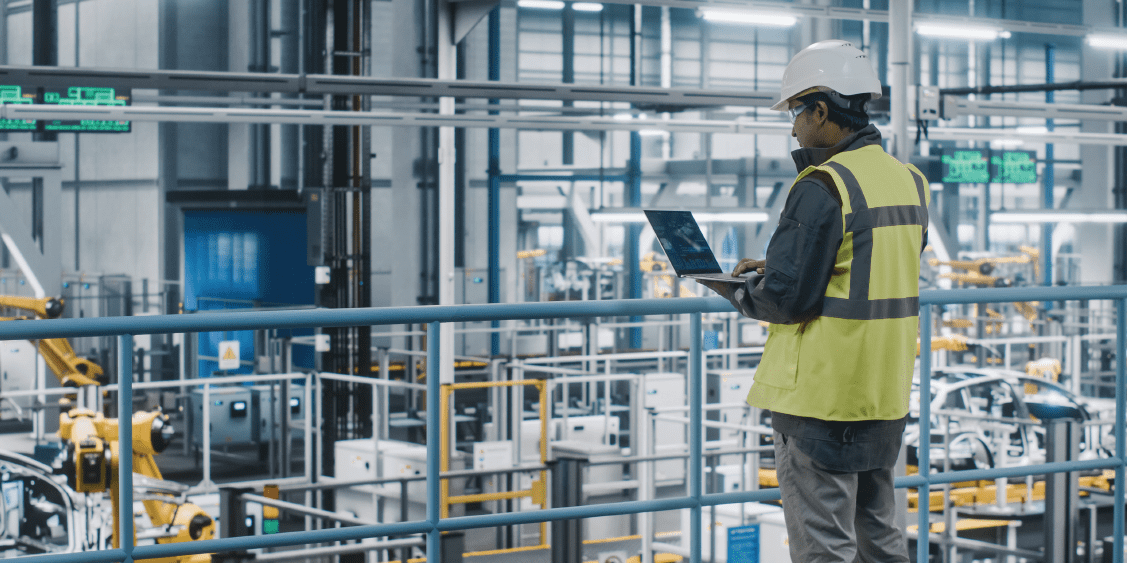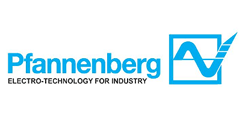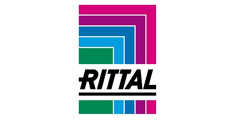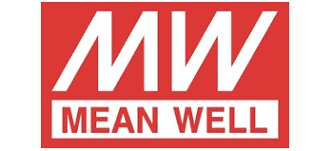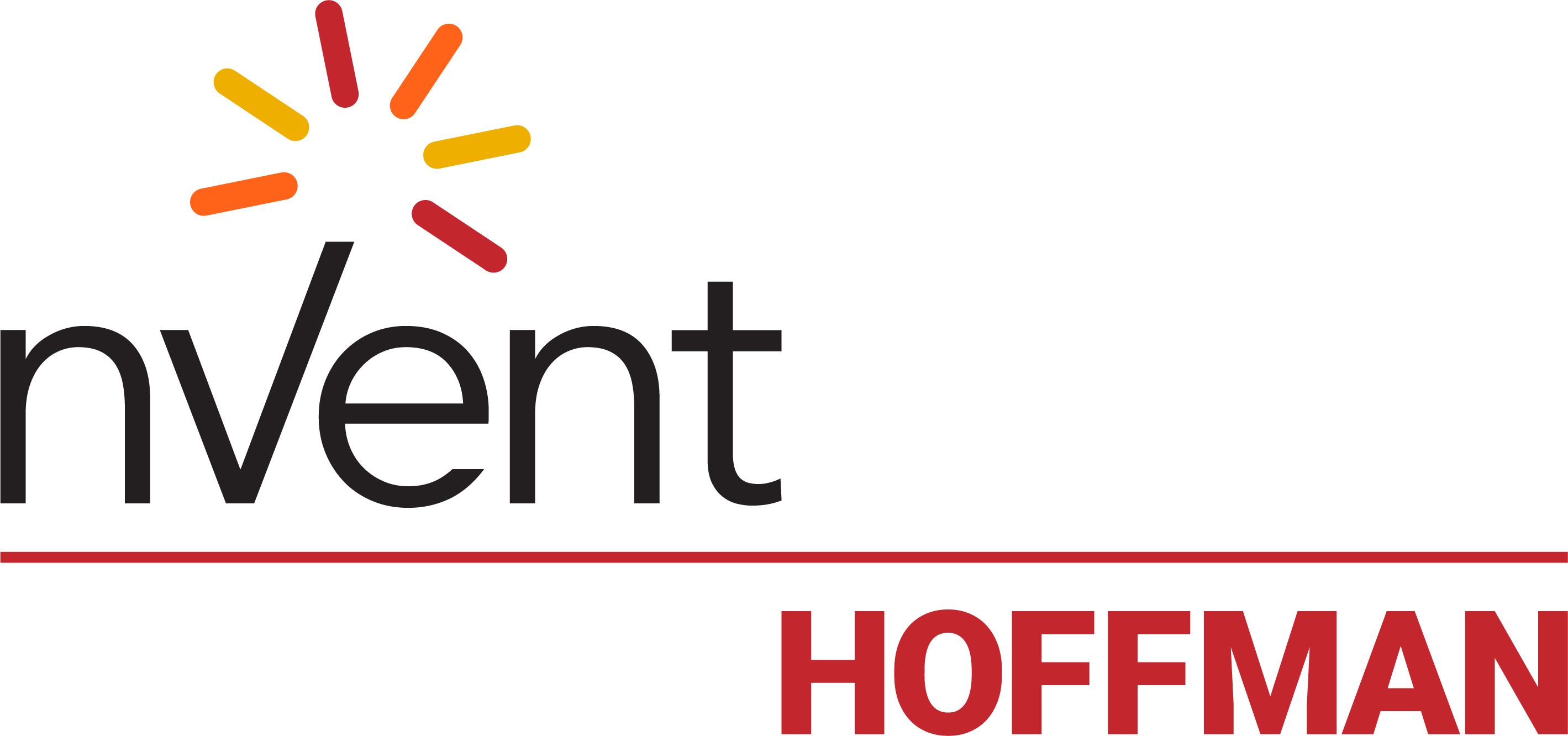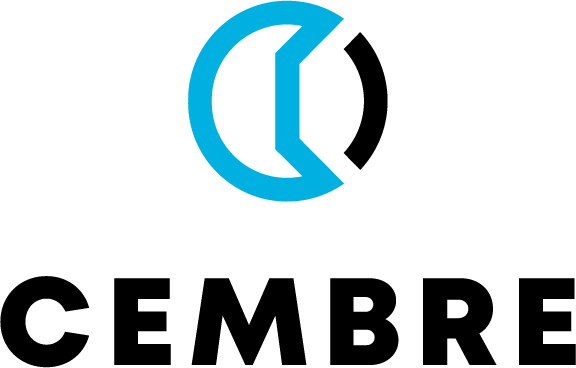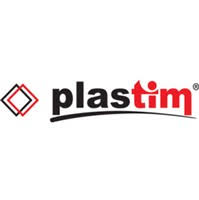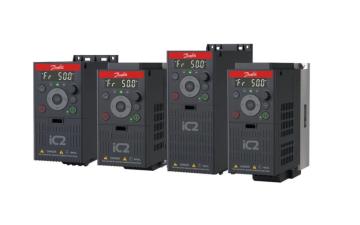Factory automation has revolutionised industries across the globe, enhancing efficiency, productivity, and safety. However, amidst the advancements, there remain several key challenges facing countless businesses (and the sector as a whole). Identifying and addressing these challenges is crucial for maximising the benefits of automation. With more than two decades of experience behind us here at LED Controls, we’re no strangers to these challenges ourselves – so, this week we’re taking a closer look at some of the most universal obstacles, and what you can do to overcome them!
Downtime
Maintenance downtime is one of the most significant, persistent challenges in factory automation. They can be caused by a wide variety of factors, including anything from human error to unexpected power surges. Even short periods of downtime can be very costly, resulting in revenue losses and a drop in overall productivity. And when you’re working to tight production schedules (as many of our customers are here at LED Controls), it can also potentially mean further complications down the line, such as disruptions to supply chains.
The solution
Predictive maintenance practices are key to minimising the risk of unnecessary downtime. Arranging (and sticking to) planned maintenance visits can help identify potential issues before they grow to become serious problems, reducing unplanned downtime and prolonging machinery lifespan.
Plus, implementing surge protection measures can help to safeguard equipment from damage caused by power surges, while redundancy and failover mechanisms provide backup systems to ensure continuous operations in the event of equipment failure. These strategies collectively minimise disruptions and can work wonders to enhance operational efficiency in automated manufacturing environments.
Scalability issues
Another significant challenge for countless industrial businesses involves scaling up automation processes to meet growing production demands, especially since traditional systems often lack the flexibility to efficiently adapt to fluctuating workloads.
The solution
One good way is to do this is by adopting modular automation solutions. By designing systems with interchangeable modules, you can easily adjust production capacity according to demand fluctuations. In short, rather than trying to replace entire systems wholesale, it’s wise to take your time wherever possible, and upgrade systems gradually – giving you more time to work out where potential issues or incompatibilities might emerge.
It’s also a good idea to consider leveraging cloud-based automation platforms, which enable seamless scalability by providing access to resources on demand.
Environmental impact
The growing prominence of CSR and ESG means that more than ever, businesses are under the microscope to demonstrate their commitment to reducing their carbon emissions. Industrial businesses are under particular scrutiny. Automation technologies, while enhancing efficiency and productivity, can also have environmental implications, such as increased energy consumption, waste generation, and carbon emissions.
The solution
In short, proactivity can go a long way. It’s always a good plan to start by creating and implementing a dedicated sustainability plan. Look at how you can incorporate it into every aspect of your business from the choice of your equipment to your processes and staff training.
Prioritising energy efficiency is crucial for industrial businesses, achieved through the adoption of energy-efficient equipment and the integration of renewable energy sources. Additionally, implementing waste reduction initiatives, such as lean production and circular economy principles, helps minimise environmental impact. Regular monitoring and reporting of environmental performance metrics enable businesses to track progress and ensure compliance with environmental regulations, fostering a culture of environmental responsibility and sustainability.
Human error
Human error is arguably one of the most fundamental but crucial issues for businesses to tackle, especially in the age of factory automation. Even small mistakes can often lead to big consequences – whether that’s in the form of operational downtime, as we’ve covered above, or the risks of injury or (in the worst cases) death.
The solution
When it comes to human error, it’s all about proper training and education. Make sure that employees are fully trained for any new machines they’re expected to use, and that this training is refreshed on a regular basis. One potential consequences of human error is downtime (with all the costs that come with it), but as we covered above, another crucial one is the risk of actual bodily harm.
So as well as robust training procedures, it’s also worth taking the time to prioritise any new assets built-in safety features to prevent these accidents, especially manual overrides.
Those are just some of the most universal ones – you may well identify a few more specific challenges of your own. Whatever the case, if you’re looking for top-of-the-line equipment to help you overcome those obstacles, you’re in exactly the right place.
With more than two decades of experience here at LED Controls, we supply a wide range of components including Programmable Logic Controllers, variable speed drives, and Motor Control Gear equipment – many sourced from globally-renowned manufacturers, including IMO and ABB. Feel free to look at what we’ve got available, and if you have any questions or need any advice, you can always give us a call on 01706 242050. We’re here to help!







